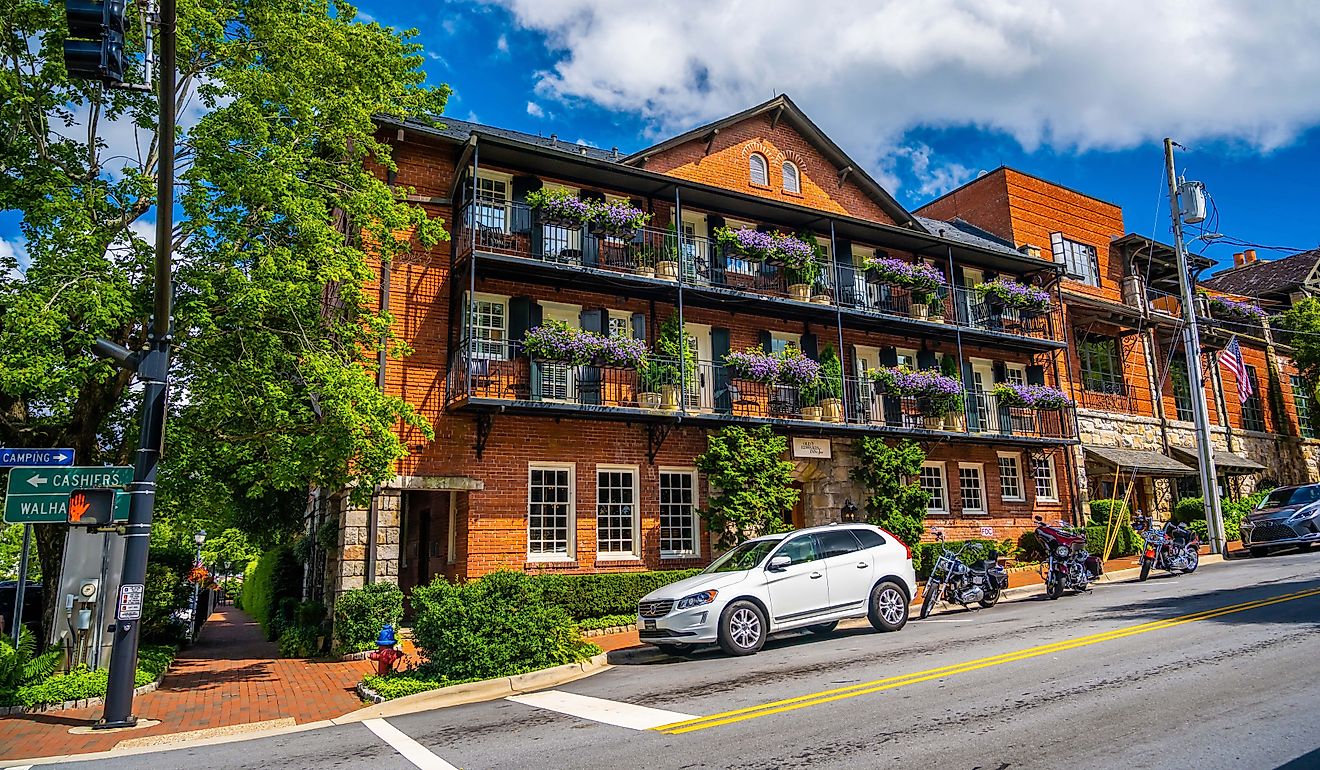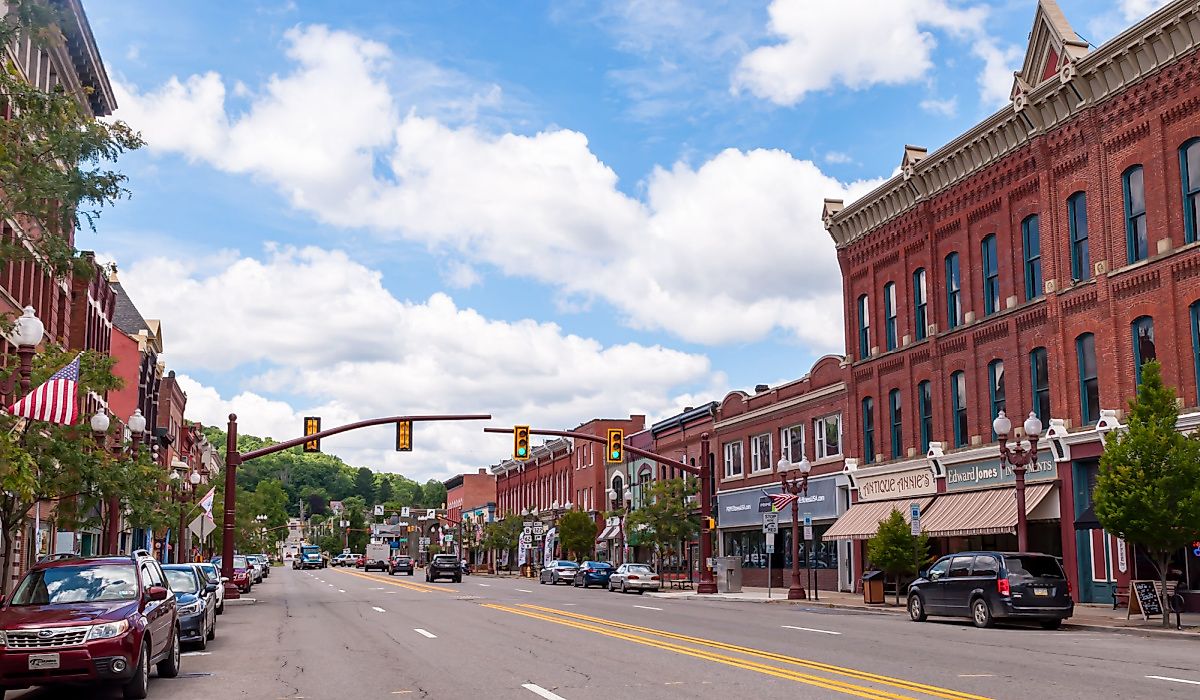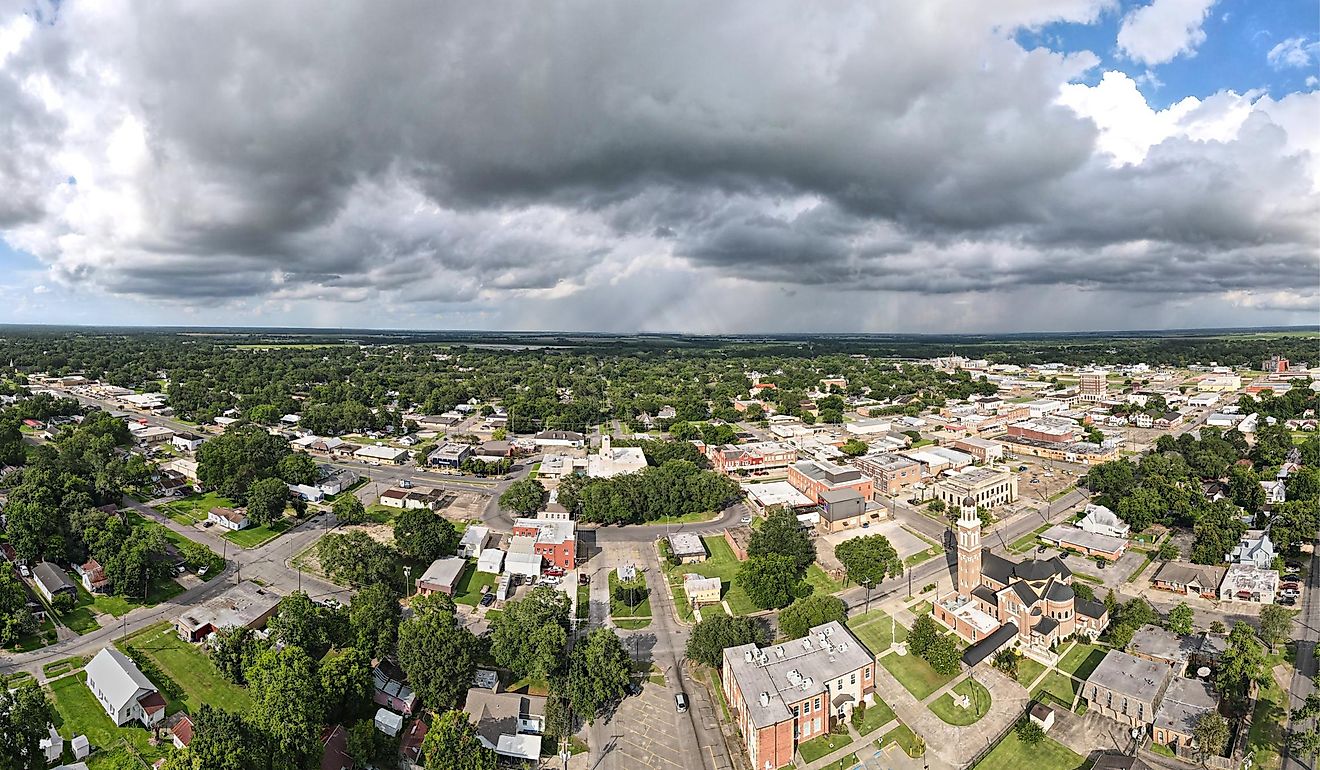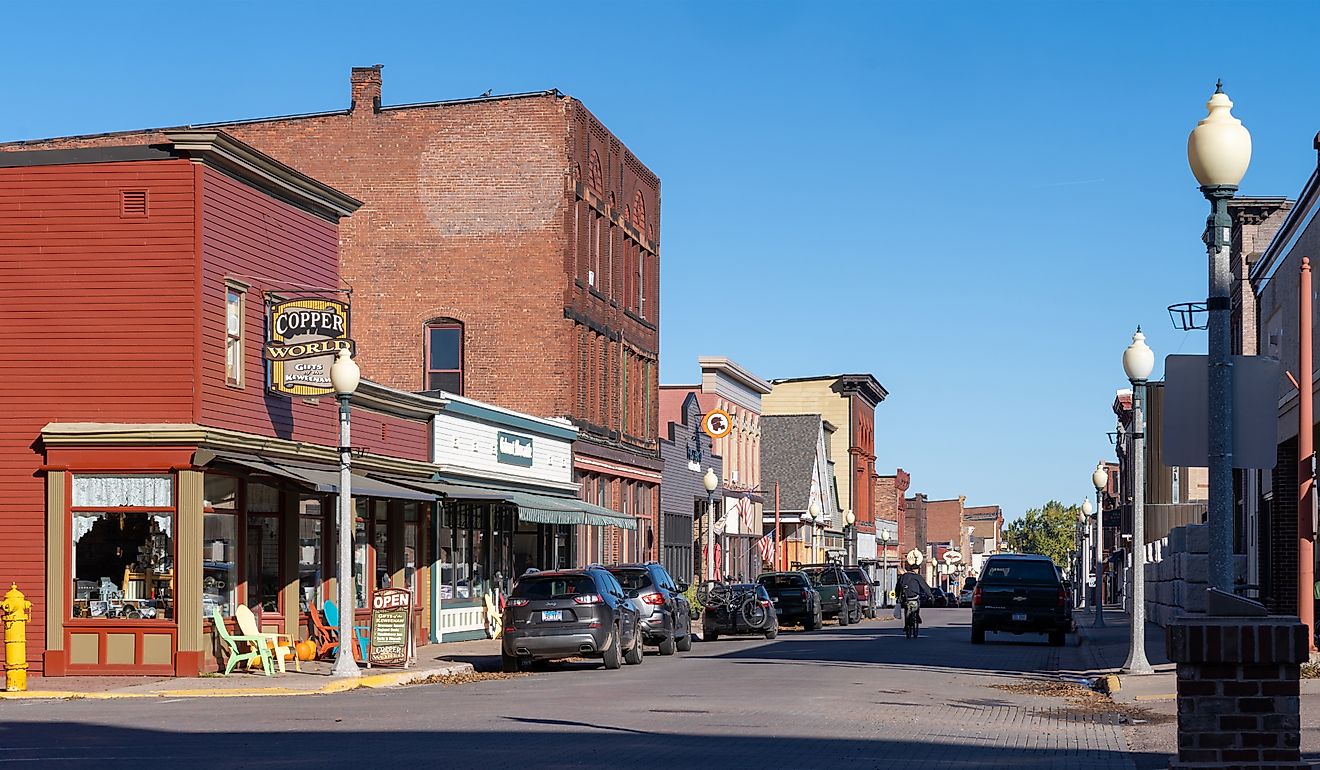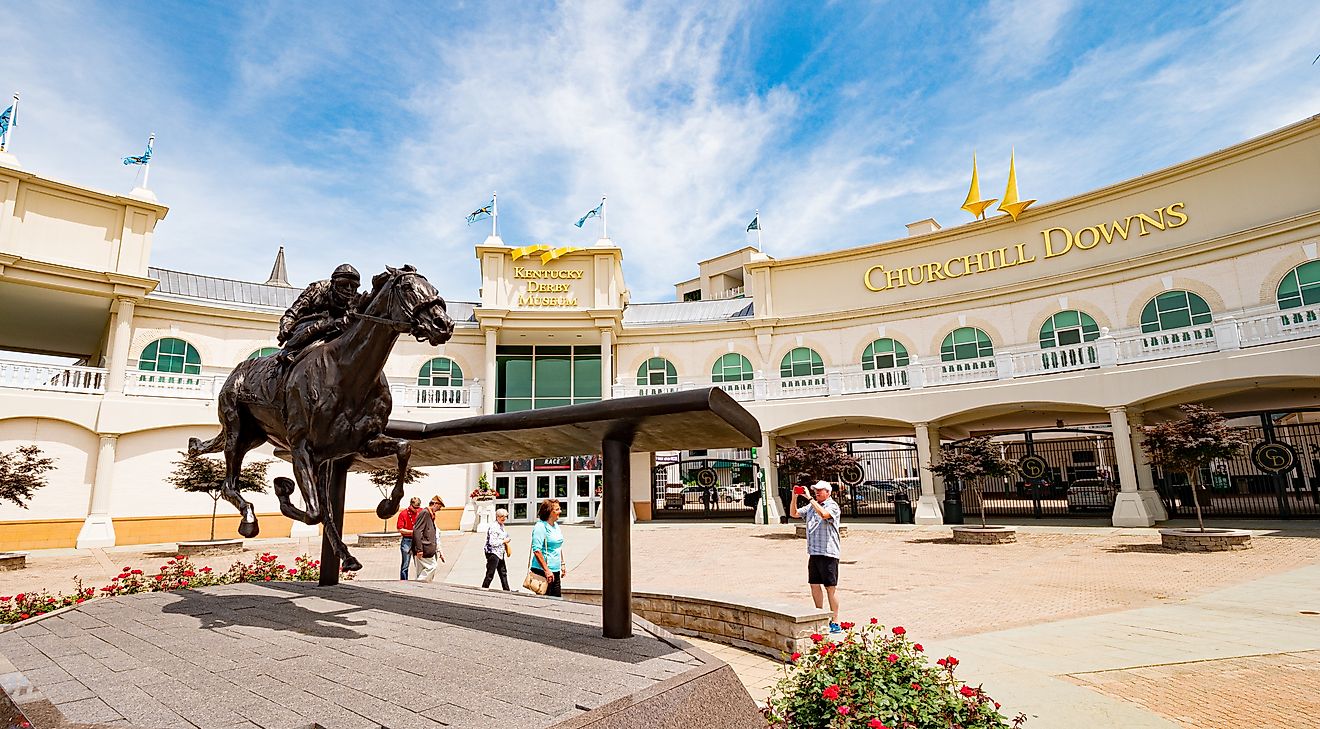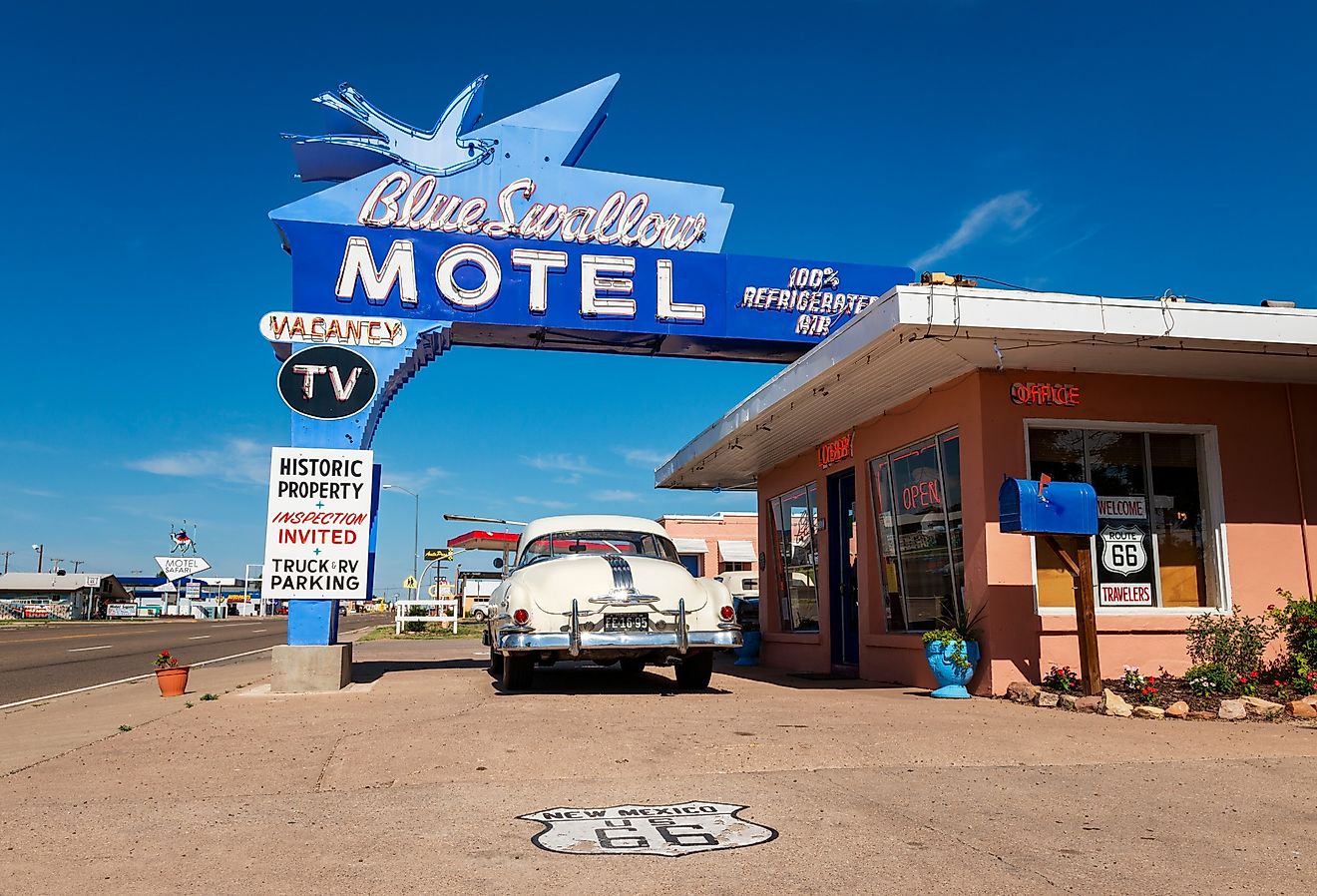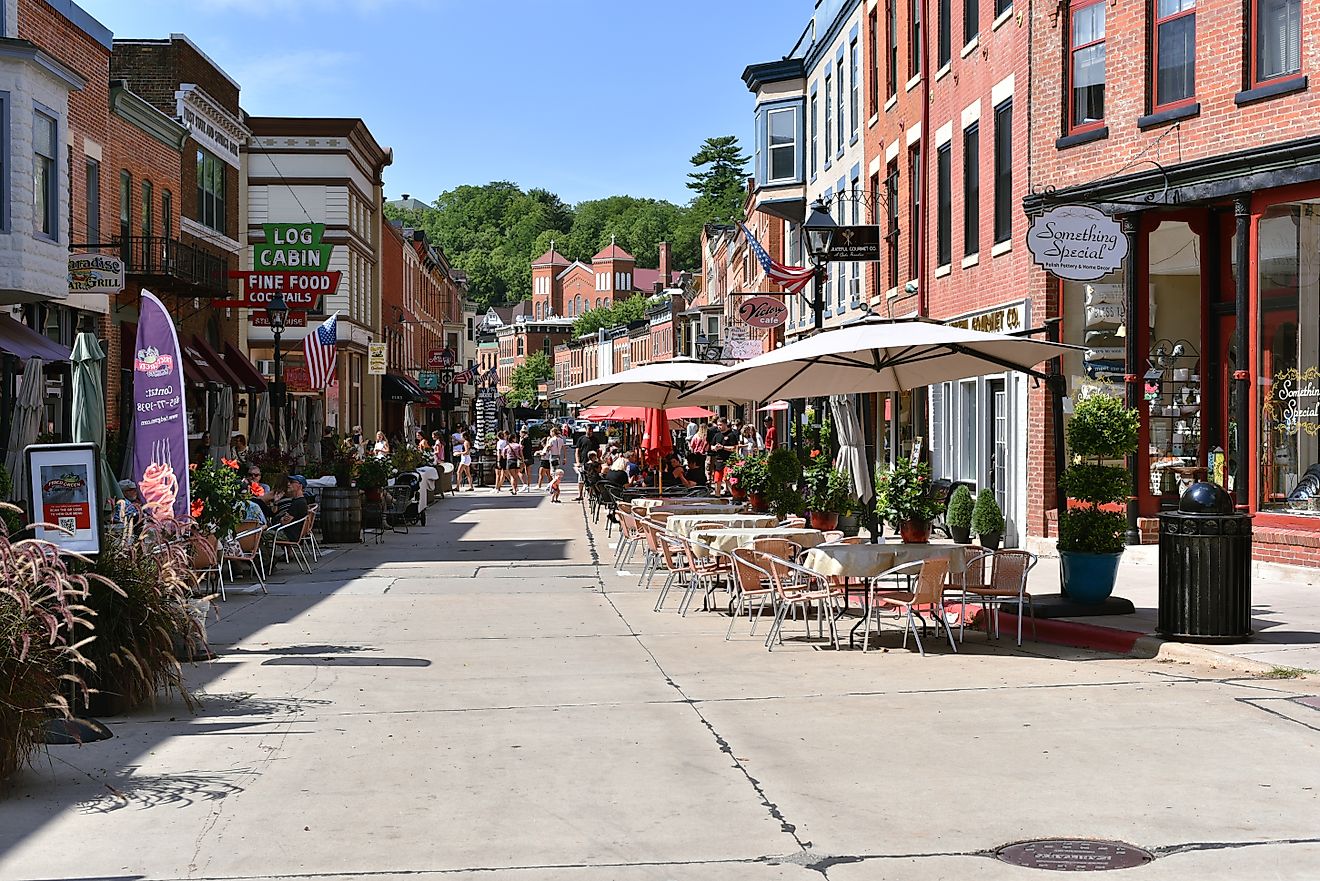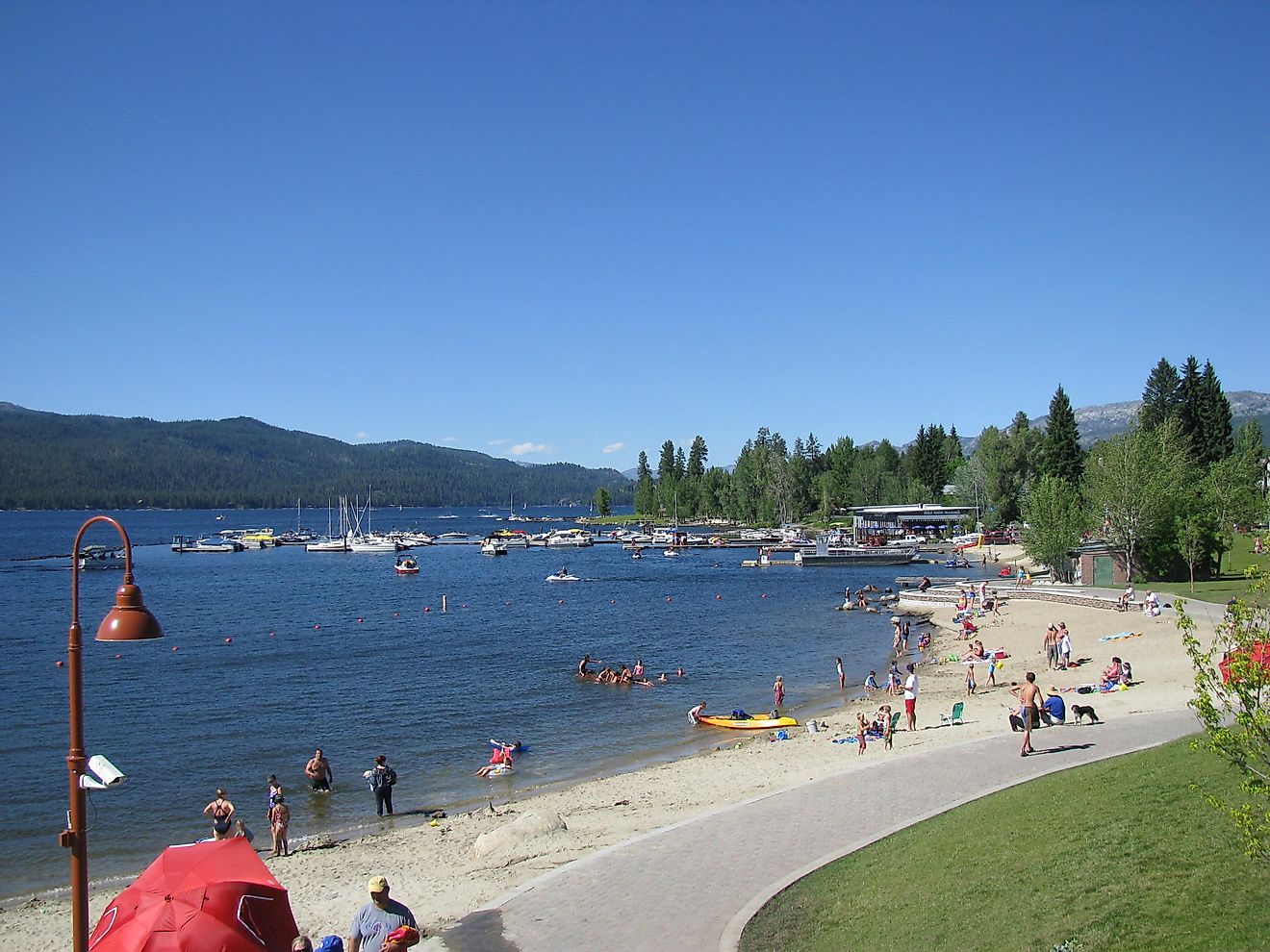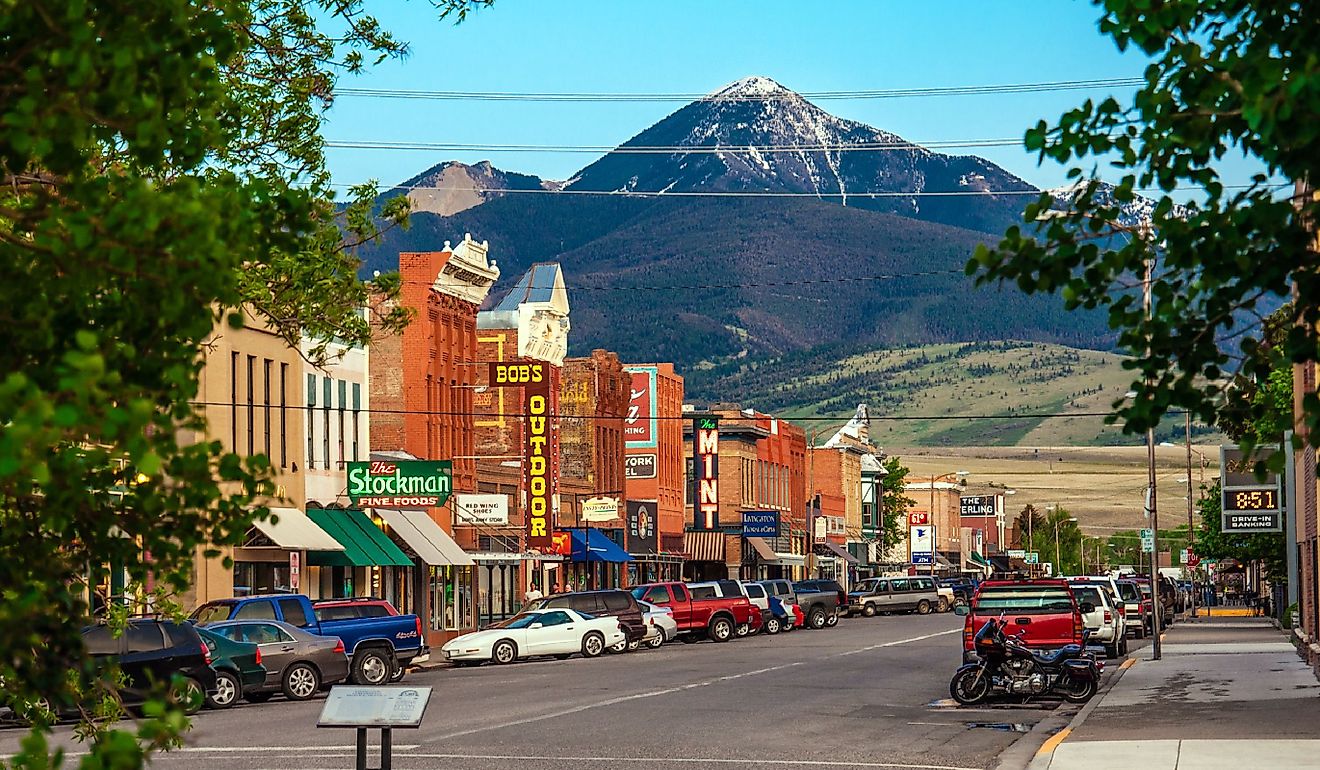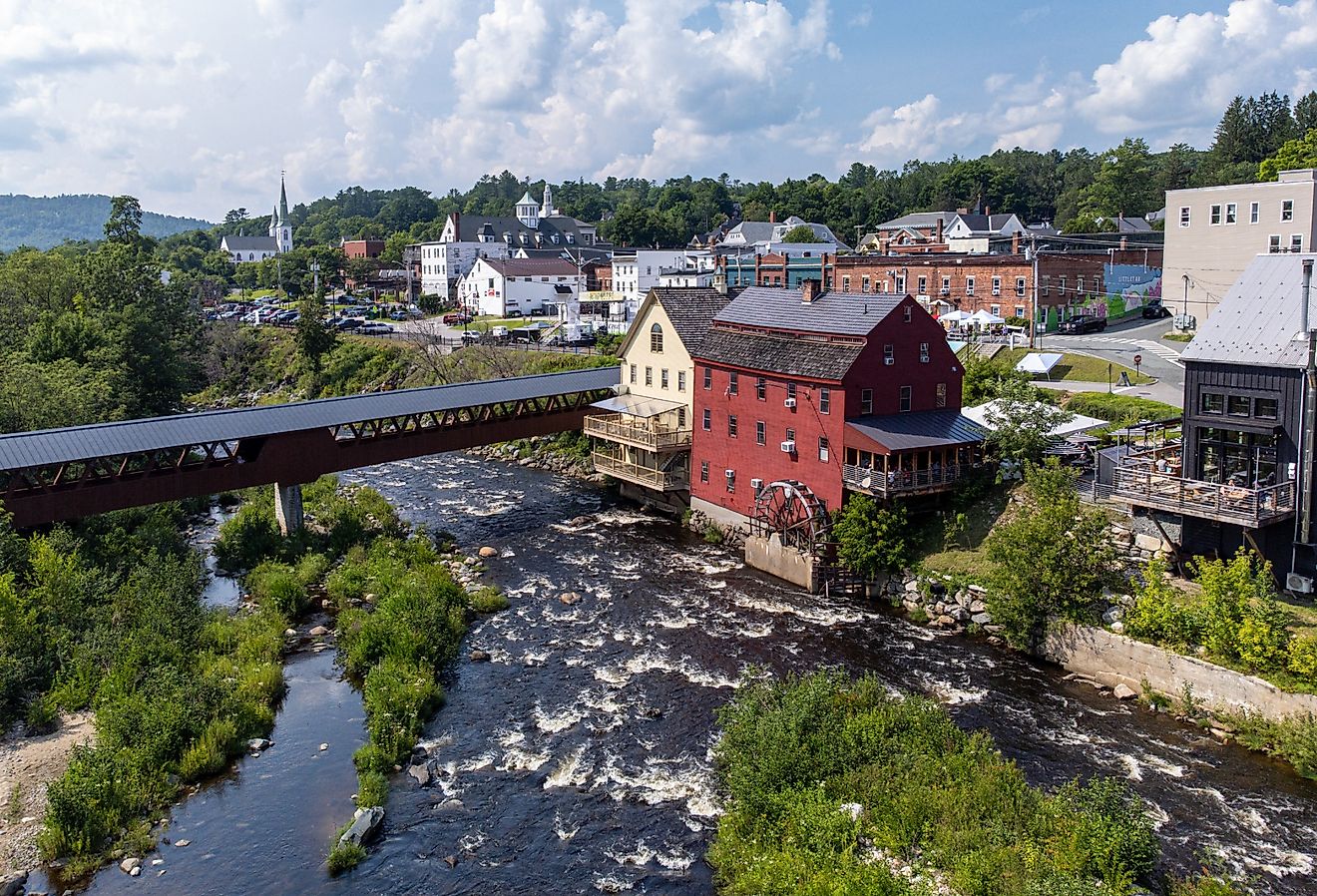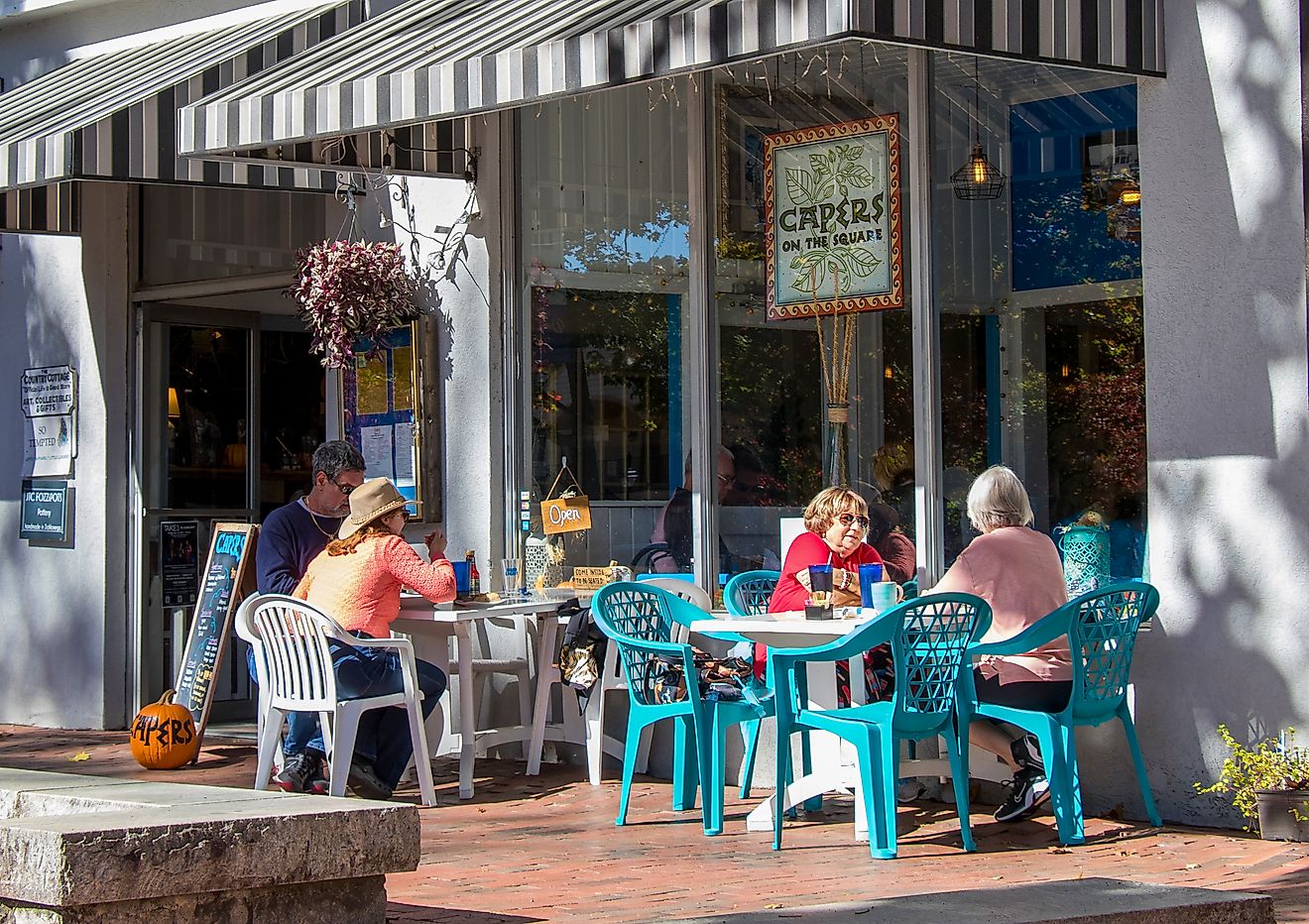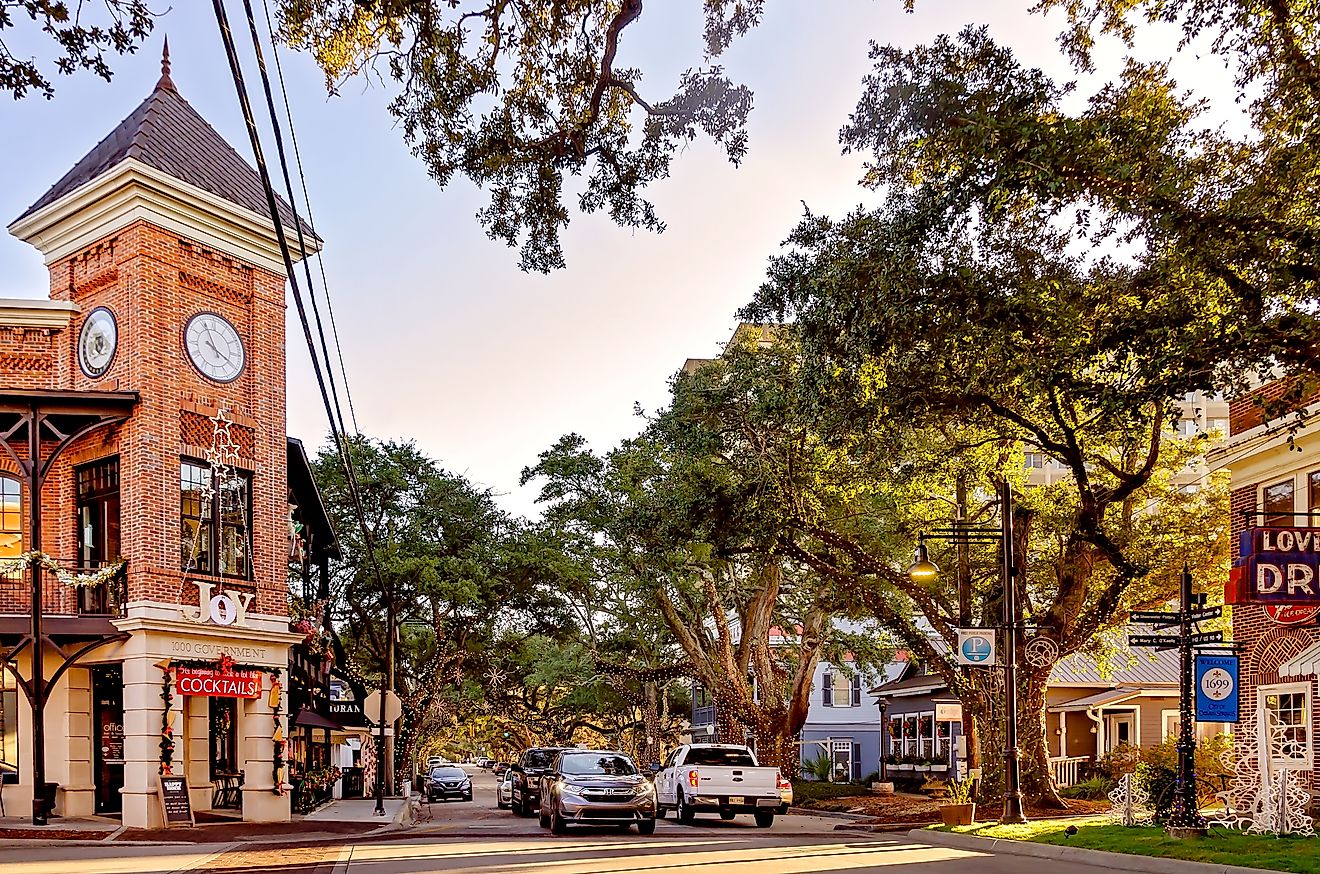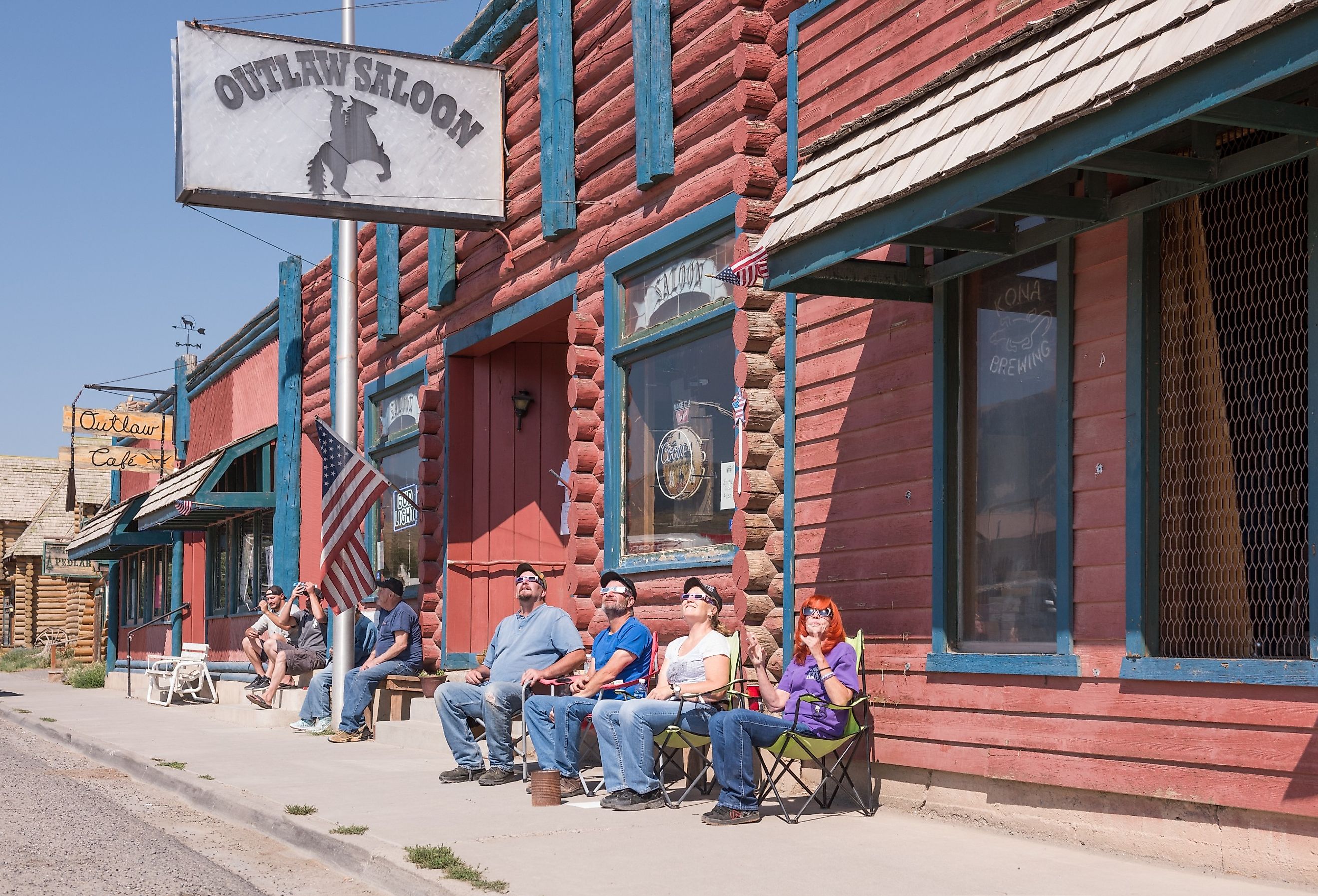
11 Wyoming Towns With A Slower Pace Of Life
Wyoming is known for its open skies, wide landscapes, small towns, and deep frontier roots. With a history shaped by Native American tribes, fur trappers, and westward pioneers, this state holds stories in every mountain pass and downtown diner. As more people look to disconnect from fast-paced living, Wyoming’s quiet towns are drawing attention for all the right reasons: no traffic, no crowds, just clean air and a slower rhythm.
Welcome to 11 Wyoming towns with a slow pace of life where you will find scenic drives, old-school cafes, empty hiking trails, and maybe even a moose or two. The people wave. The pie is good. The pace is unhurried. From ghost towns to quiet fishing spots, these places feel like a time machine, in the best way. Whether you are looking to retire, take a road trip, or just breathe a little deeper, these Wyoming towns are small, calm, and worth the detour.
Dayton
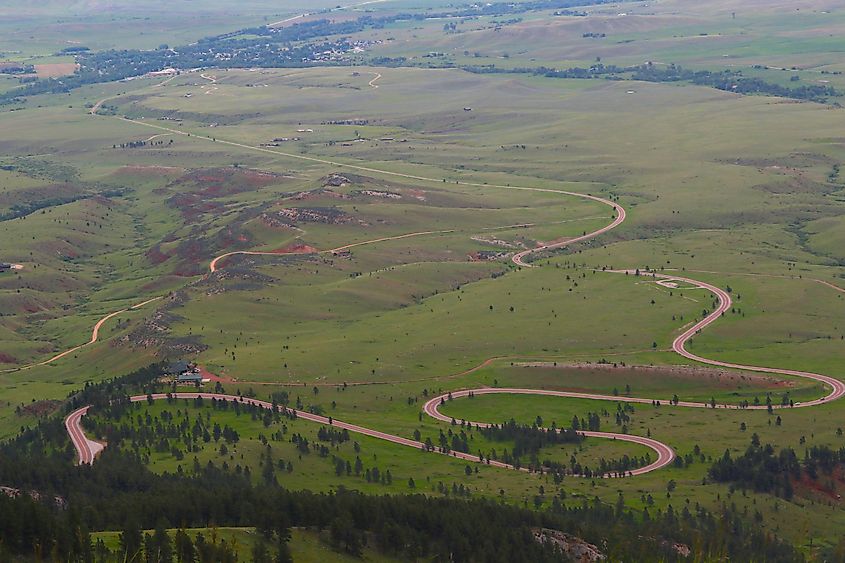
Dayton is a small Wyoming town with a population of about 830, located at the base of the Bighorn Mountains. It was named in 1882 after Joe Dayton Thorne and is proud to have elected Wyoming’s first female mayor, Susan Wissler. The town held Wyoming’s first rodeo in the early 1890s. Today, Dayton is known for its peaceful pace and local history.
You can hike the nearby Tongue River Canyon for quiet views, stroll Main Street for a bite, or take a scenic drive along the Bighorn Byway. The preserved cabin of artist Hans Kleiber, known as the “Etcher Laureate of the Big Horns,” sits proudly downtown. Right next door is the Dayton Mercantile, where the old wooden sidewalk and hitching rail give a real glimpse of the Old West.
Pinedale
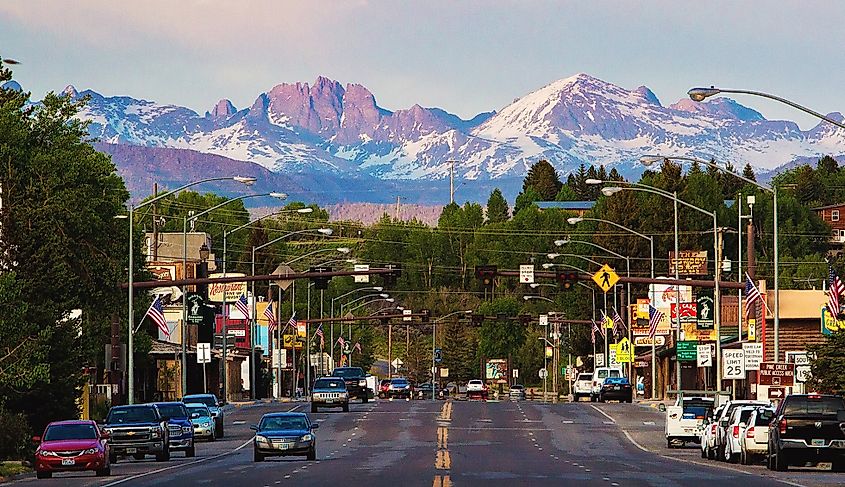
Pinedale is a quiet mountain town with deep roots in fur trapping, ranching, and outdoor life. Back in the 1800s, mountain men braved the wild Green River Valley, meeting each summer at the Green River Rendezvous to trade furs and swap stories. That spirit still lingers here. You can visit the Museum of the Mountain Man to learn about those early days.
Hike to the Green River Lakes, where alpine views stretch for miles with hardly a soul around. Chuckwagon Days brings the whole town together for rodeos and old-school fun. And on Main Street, you will find local shops instead of big chains, with plenty of time to browse without the crowds. Pinedale was once the most remote incorporated town in the United States, and some say it still is.
Thermopolis
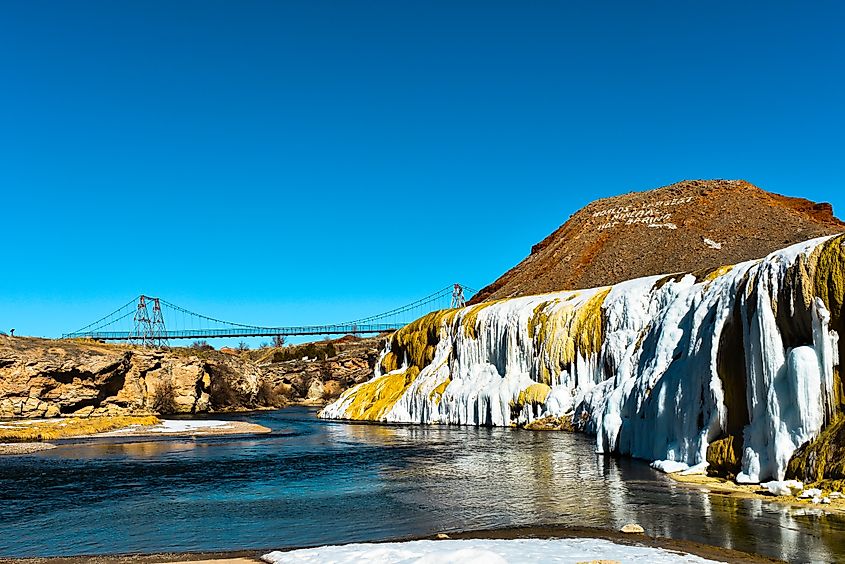
Thermopolis is known for its quiet charm and warm waters. The town was carefully planned after the land was sold by the Shoshone and Arapahoe Tribes in the late 1800s. The original town, Andersonville, moved to this new site after the 1896 Treaty. Streets and sidewalks were laid out with room to grow, and the town remains centered around the famous Big Horn Springs, one of the largest hot mineral springs in the world.
At Hot Springs State Park, you can soak in the natural hot pools for free. It is open year-round and rarely crowded. Additionally, the Wyoming Dinosaur Center has real dig sites and an impressive fossil collection. The Swinging Bridge is also a relaxing walk with a view of the Bighorn River below.
Saratoga
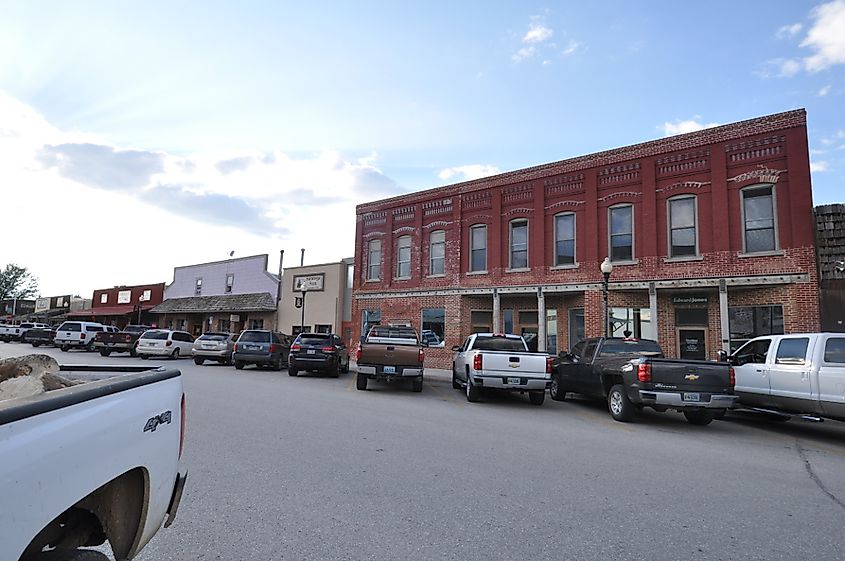
Saratoga is a quiet town in south-central Wyoming, settled in the late 1800s. It has a long history tied to Western life and outdoor adventure. The Hobo Hot Pool is free, open 24/7, and never too crowded, perfect after a long day. Scenic drives through the nearby Snowy Range are peaceful, especially with the Sierra Madre Mountains in view.
The North Platte River runs right through town, known for its blue-ribbon trout fishing and calm, scenic surroundings. Winter in Saratoga brings snowmobiling, skiing, and snowshoeing, plus the famous Ice Fishing Derby at Saratoga Lake. You can also stay or dine at Hotel Wolf, a historic inn that’s been around since 1893.
Dubois
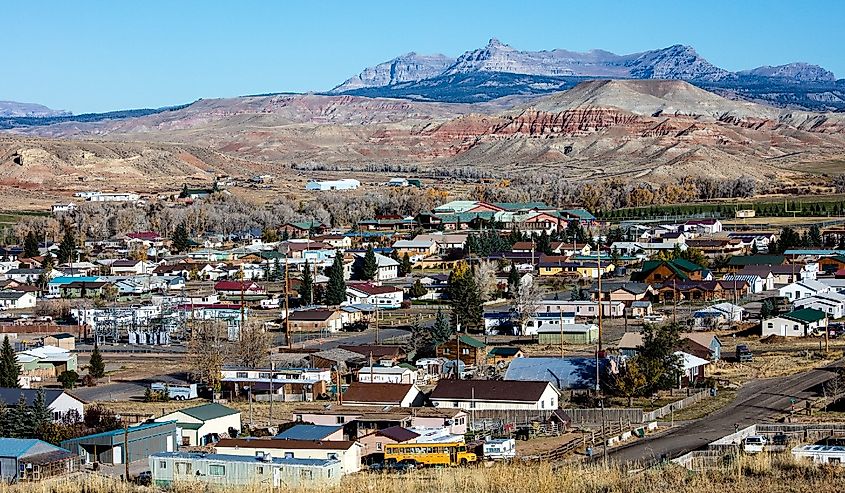
Dubois is a quiet mountain town where the pace of life hasn’t changed much in decades. Fur traders and explorers passed through in the early 1800s, and settlers began arriving around 1870. By 1909, Charles Moore opened one of the first “dude” ranches nearby, giving guests a taste of the cowboy life. That ranch, known as the CM Ranch, still runs today.
In town, you can visit the National Bighorn Sheep Center, walk easy trails near Ramshorn Peak, and stop by the Tie Hack Memorial. Even the gas stations feel like stepping back in time. Dubois was once nearly named “Neversweat,” a nod to its dry climate. Today, it’s still a calm, rustic escape surrounded by wild land and deep history.
Greybull
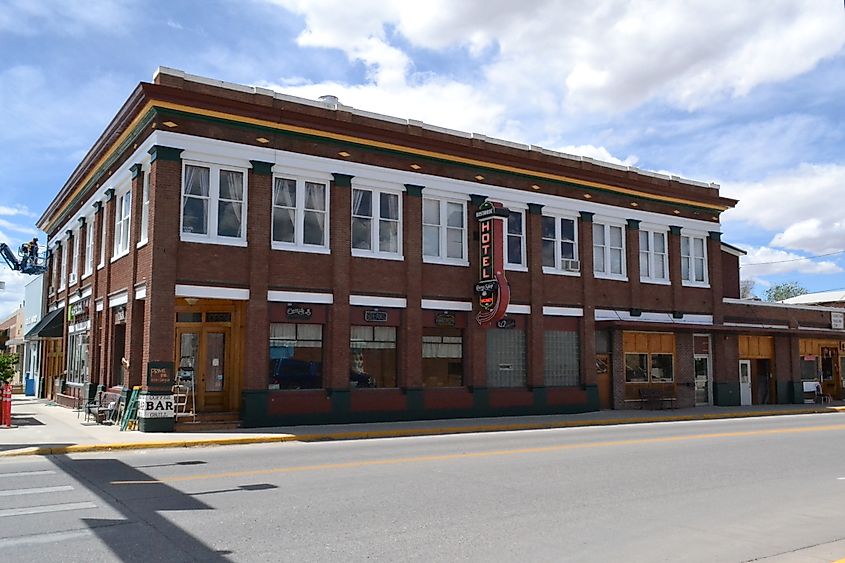
Greybull is a quiet town with a surprising history and plenty of charm. One of the most unique stories? In 1928, a man named George Scott saved the town by dropping dynamite from a plane to break up an ice jam. Locals still remember him as “Santa,” since he dressed as one every Christmas after that.
Today, Greybull is a good pitstop on your way to Yellowstone or the Black Hills. It's got colorful downtown murals, cozy antique shops like Big Horn Antiques and Gifts, and the Museum of Flight and Aerial Firefighting, a hidden gem for aviation fans. Take a drive to nearby Shell Falls for quiet views and photo ops. Don’t miss the Red Gulch Dinosaur Tracksite or the Big Horn Basin GeoScience Center, both worth a visit.
Basin
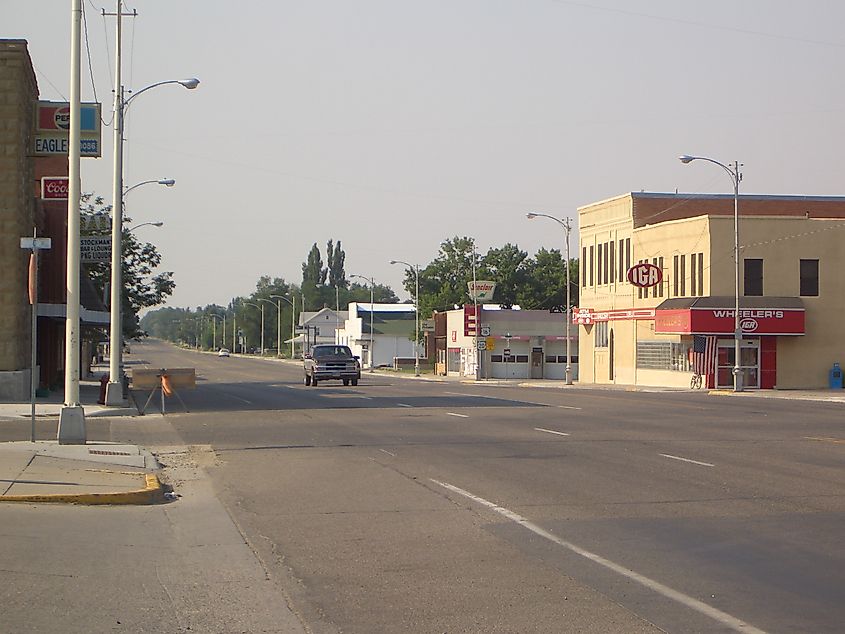
Basin was founded in 1896 by Winfield S. Collins and became the county seat of Big Horn County. Originally called “Basin City,” it was incorporated as “The Town of Basin” in 1902. The town grew alongside the Big Horn Basin’s agricultural boom, especially in sugar beet and bean processing. Today, it’s a quiet place where you can walk without rushing.
The Big Horn County Courthouse, built in 1907, stands proudly in the center of town. The Greybull River runs nearby, perfect for fishing or watching birds glide across the water. You won’t find fast traffic or big crowds here, just a steady rhythm and plenty of space to breathe.
Centennial
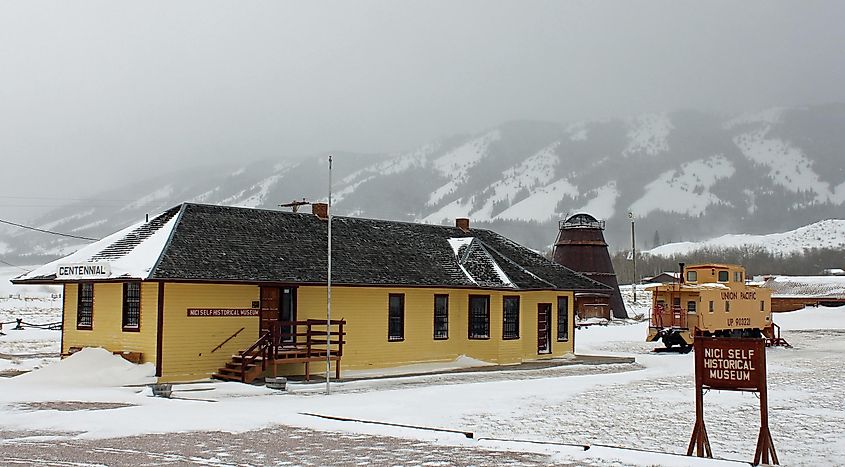
Centennial is a tiny mountain town just west of Laramie along Highway 130. It sits in the Centennial Valley between Sheep Mountain and the Snowy Range, with the Little Laramie River running through it. Native American tribes like the Cheyenne, Arapaho, Ute, and Lakota once hunted and traveled through this area long before settlers arrived. Founded in 1875, Centennial has a deep railroad and mining history, which you can learn about at the Nici Self Historical Museum.
Today, Centennial is all about quiet days, scenic trails, and mountain adventures. The Snowy Range Scenic Byway runs through town and leads to hiking, biking, and skiing spots in the Medicine Bow National Forest. You can stay off-grid at the Snowy Range Lodge and walk straight from your cabin to a nearby trail. It’s also worth visiting the Deerwood Wildhorse Ranch for a rare look at wild mustangs.
Meeteetse
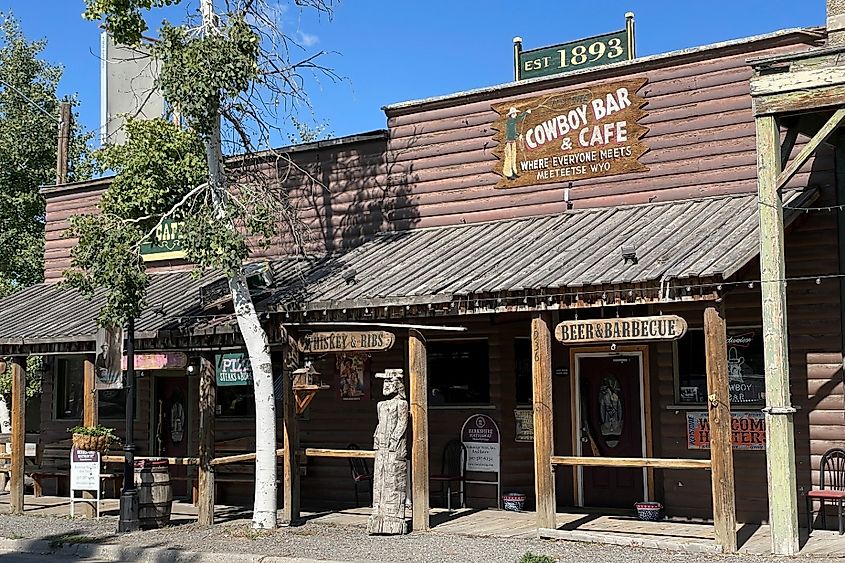
Meeteetse is a tiny town with a big story, just 30 miles south of Cody. The name comes from a Shoshone word meaning “meeting place,” and it still feels like one, with wooden boardwalks, hitching rails, and buildings from the 1890s. The local museum shows life from the early days with photos by Charles J. Belden and stories of ranchers, outlaws, and grizzlies.
A short drive away is Kirwin, a ghost town hidden in the mountains where miners once searched for gold and silver. Back in town, don’t miss the Meeteetse Chocolatier, run by a real former cowboy. Small-town rodeos bring locals together every summer, full of grit and charm.
Encampment
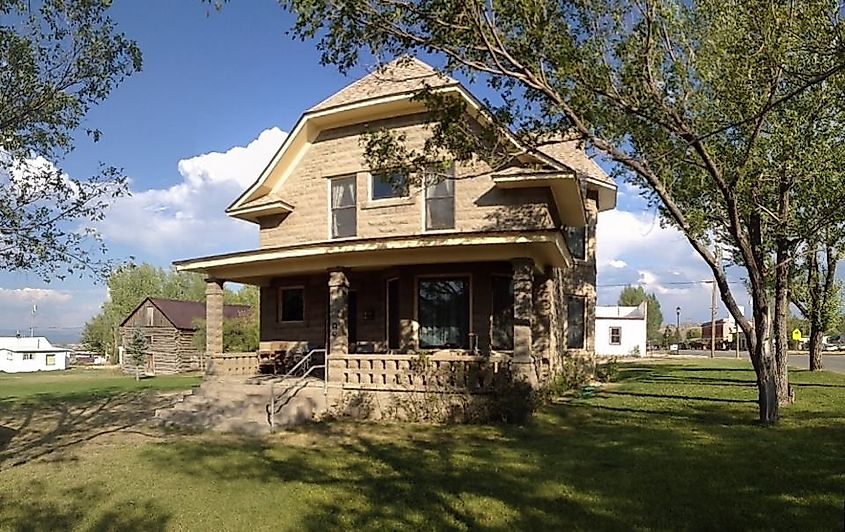
Encampment is a quiet mountain town with around 500 residents. It began as Grand Encampment, named by French-Canadian trappers in the 1800s. The discovery of copper in 1897 turned it into a mining hub. A 16-mile tramway once carried ore down the mountain; part of it still stands at the Grand Encampment Museum, where you will also find old cabins, a two-story outhouse, and guided tours.
In June, the Woodchoppers Jamboree and Rodeo brings chainsaws, rodeo shows, and a fun local melodrama at the century-old Opera Hall. For outdoor time, the Encampment River Trail is a quiet walk by the water, and Brush Creek offers peaceful hiking and camping in the Medicine Bow Forest. Another curious stop is the Willis House, built in 1908 by a businesswoman with bold plans but left unfinished.
Ten Sleep
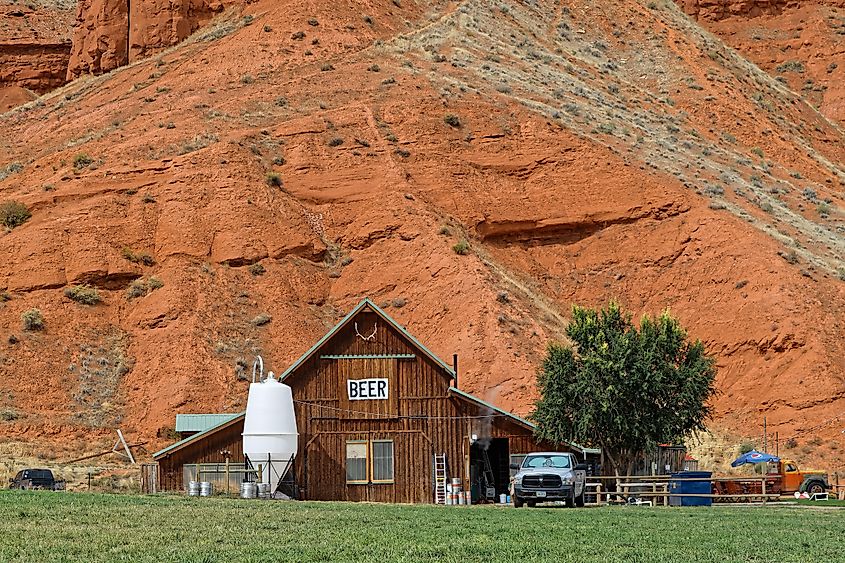
Ten Sleep is a small town at the base of the Big Horn Mountains. It got its name because it was “ten sleeps” (or nights) between Sioux camps on ancient trade routes. Today, it’s a quiet ranching town built around cattle and sheep. The downtown is small, with friendly local shops, a public library, a pioneer museum, and a peaceful park. Outdoor activities are a big part of life here.
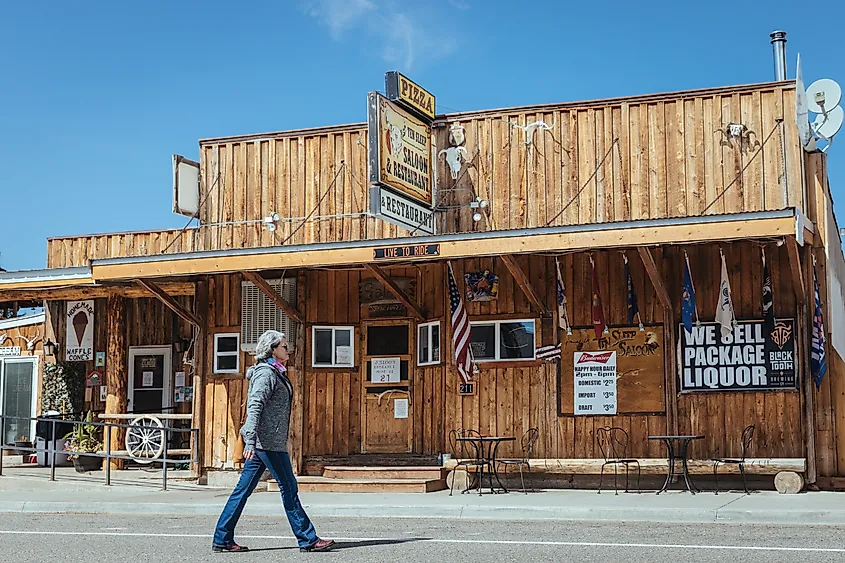
In the summer, you will find people hiking, rock climbing, horseback riding, or fishing. In the winter, Ten Sleep Canyon turns into a snow-filled playground for skiing, snowboarding, and ice climbing. A local favorite is the Ten Sleep Brewing Co., where you can sip craft beer and look up at the stars. Another highlight is the nearby Red Gulch Dinosaur Tracksite, where you can literally walk in dinosaur footprints!
These towns in Wyoming aren’t rushing to catch up with the rest of the world, and that is the whole point. Whether you are driving through or staying a while, expect fewer people, more space, and time that moves just a little slower. From hot springs and hiking trails to diners and dusty museums, these places keep things simple and calm. If you are tired of packed schedules and constant noise, Wyoming’s small towns might be exactly what you need.
